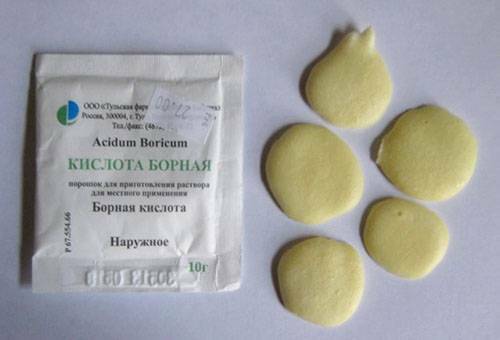The HouseChief editorial staff continues the series of publications with the hashtag #BestHome for those who are not used to spending their leisure time in vain. During forced self-isolation, you can engage in dacha construction. If you have postponed this process for a long time, now is the time to use all the opportunities. Especially popular now frame houses, they grow on summer cottages like mushrooms after rain and their happy owners are happy with their thrifty tartars. If you really save, then wisely, you will agree. It is also important to insulate buildings. Yes, there are modern and very effective materials: penoplex, stone wool and so on, but they cannot be called so budgetary. Is there an alternative? Yes! And they invented it back in time immemorial. And now it is only possible to slightly improve the composition for its long-term operation. A master class on making budget insulation was shown by the author of the YouTube channel Kolya - Che, and you can safely use his recommendations for your own construction.
Read in the article
- 1 Why not all sawdust is suitable for insulation
- 2 How to prepare a sawdust mixture for insulation
- 3 How to introduce insulation into the voids of frame walls
Why not all sawdust is suitable for insulation
It is about a mixture of sawdust and lime, which has excellent thermal insulation properties. The author demonstrated by his own example that not all wood waste is suitable for insulation. The first time he ordered cheaper sawdust delivered by tractor.
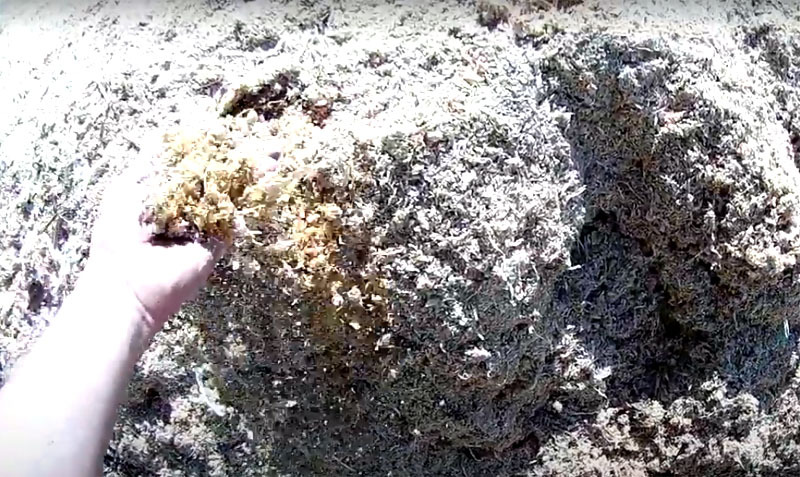
This composition should not be laid in the walls of the house, as it will become damp and rot, and in the process it will heat up, which can lead to the rapid destruction of the wall material. Do you know how greenhouse beds are heated in winter? Right! Sawdust is laid under them. The heat generated by this material heats the entire structure. Do you need it within the walls?
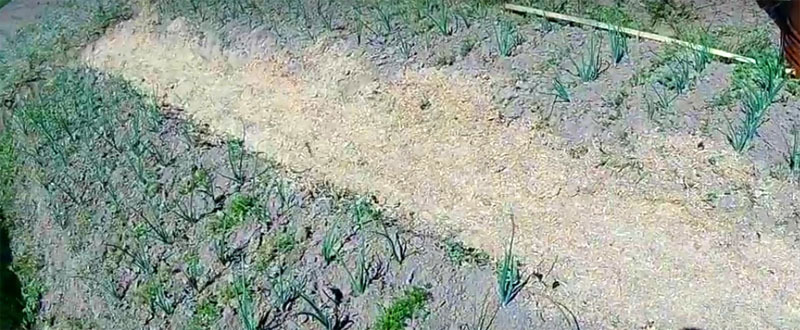
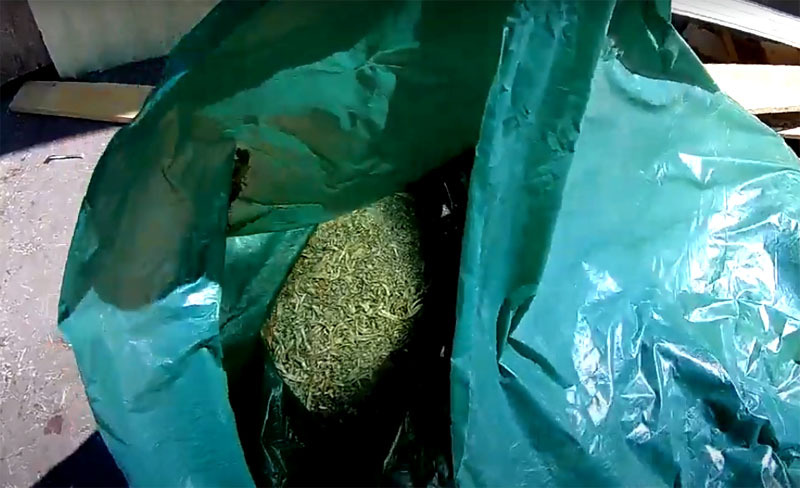 PHOTO: YouTube.com
PHOTO: YouTube.comIf you have the opportunity to choose sawdust wood, then give preference to oak, hornbeam and other hard types of wood.
How to prepare a sawdust mixture for insulation
There are two ways to mix sawdust. In the first, cement or gypsum is used for bonding, in the second, clay. In any case, for mixing, take 10 parts of sawdust, 7 parts of water, and clay or cement add so that the composition can be crumpled, and it kept its shape. An important point: an antiseptic must be added to the water to protect against fungus. It can even be ordinary copper sulfate, which is used by gardeners.
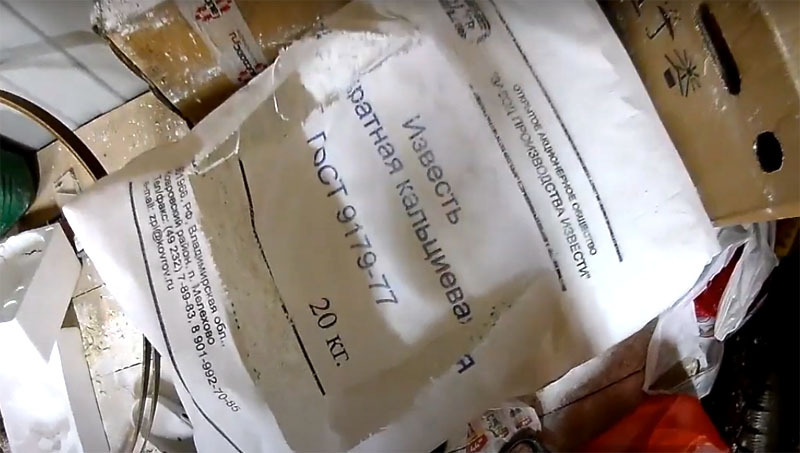 PHOTO: YouTube.com
PHOTO: YouTube.comWhy is lime added to the composition? It will protect the mixture from fungus, rodents and insects. In addition, this material disinfects and is safe for humans.
How to introduce insulation into the voids of frame walls
A mixture of sawdust, gypsum and lime is an arbolite that is popular among builders. Only if you buy ready-made wood concrete, they will be expensive. And if you make it yourself, you will get a cheap and reliable insulation with excellent characteristics.
To insulate a country house or other temporary building, a 15 cm wide insulation is enough. If the house is intended for permanent residence - about 30 cm.
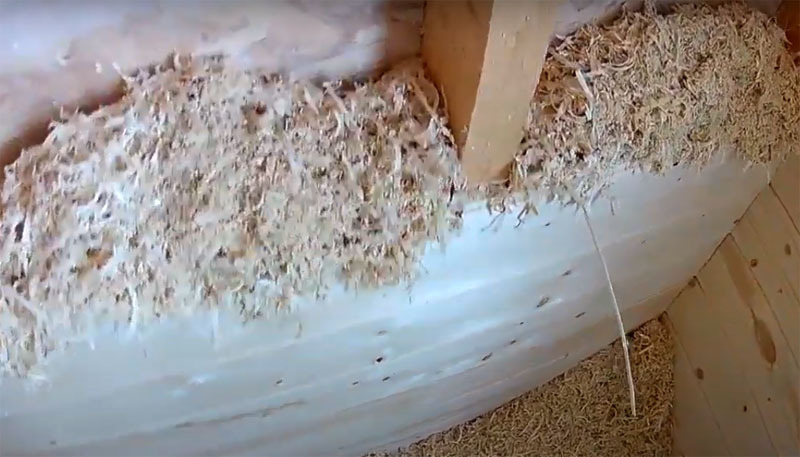 PHOTO: YouTube.com
PHOTO: YouTube.com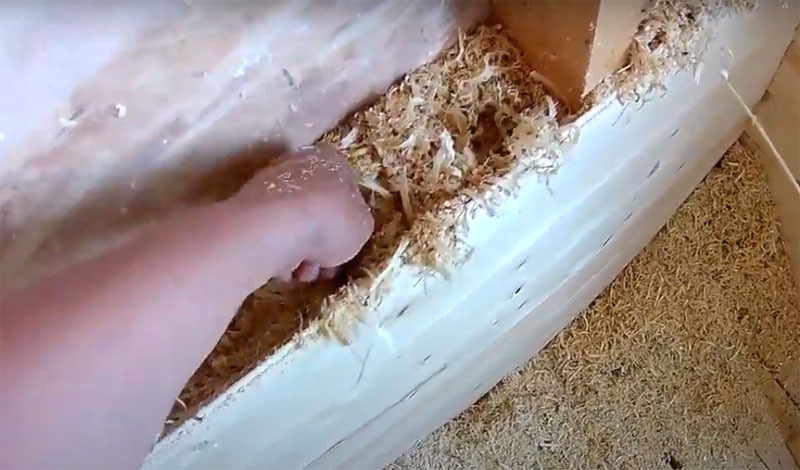 PHOTO: YouTube.com
PHOTO: YouTube.comThe moistened sawdust will quickly seize with gypsum and cement and turn into a durable material that can last for more than a dozen years.
Do not forget about the shortcomings of sawdust and lime insulation. The main one is increased flammability. That is why all wiring in such walls should be hidden in metal sleeves. And one more reason to reliably hide the wiring: rodents who like to build nests in warm sawdust. This can be prevented by using glass wool as spacers between the layers of sawdust.
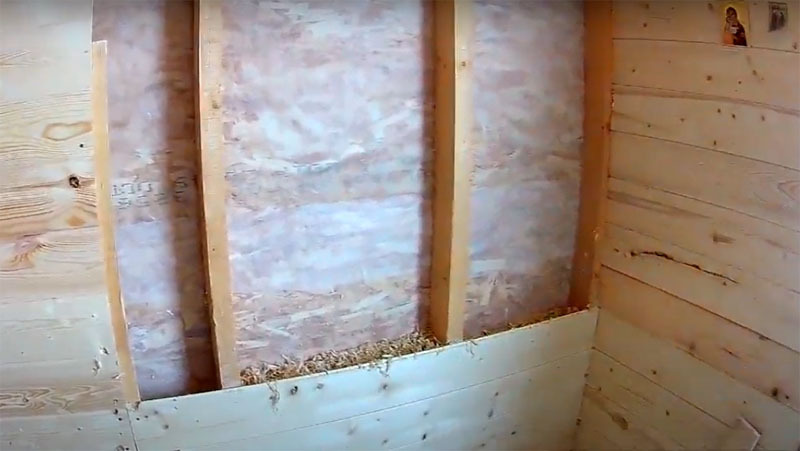 PHOTO: YouTube.com
PHOTO: YouTube.comThis type of insulation has its supporters and opponents. The first ones insist that this method is more budgetary, besides, the material is environmentally friendly and gives high rates of heat saving. The latter argue their opposition to the fragility, fire hazard of such insulation.
If you have not yet decided whether to use this type of insulation, then watch this video from a practitioner:
What do you think of this technique? Do you have experience in using such a heater? Share it in the comments!


